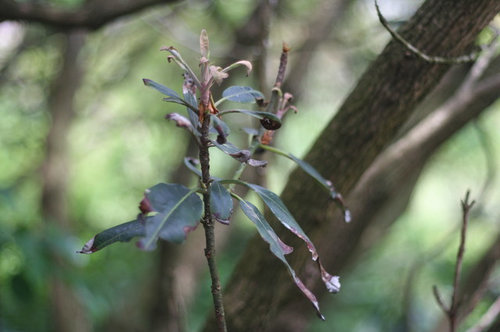Disease? Malnutrition?
Gabrielsyme
10 years ago
Related Stories

EVENTSHappy Birthday, Rembrandt: Peek Inside the Dutch Painter’s Former House
The famous Dutch painter surrounded himself with expensive artwork and rare antiquities, which led to a foreclosure on his house
Full Story
GARDENING GUIDES6 Plants That Beat Butterfly Bush for the Wildlife Draw
It's invasive, a nonnative and a poor insect magnet. Check out these better alternatives to butterfly bush in the garden
Full Story






luis_pr
GabrielsymeOriginal Author
Related Professionals
Hyattsville Landscape Architects & Landscape Designers · Zion Landscape Architects & Landscape Designers · Forest City Landscape Architects & Landscape Designers · White Oak Landscape Architects & Landscape Designers · Salem Landscape Contractors · Azalea Park Landscape Contractors · Belvedere Park Landscape Contractors · Centereach Landscape Contractors · Clark Landscape Contractors · Coram Landscape Contractors · Harrisburg Landscape Contractors · National City Landscape Contractors · Seven Hills Landscape Contractors · North Aurora Landscape Contractors · Clearfield Landscape Contractorsrhodyman
GabrielsymeOriginal Author
akamainegrower
rhodyman
GabrielsymeOriginal Author
akamainegrower
rhodyman